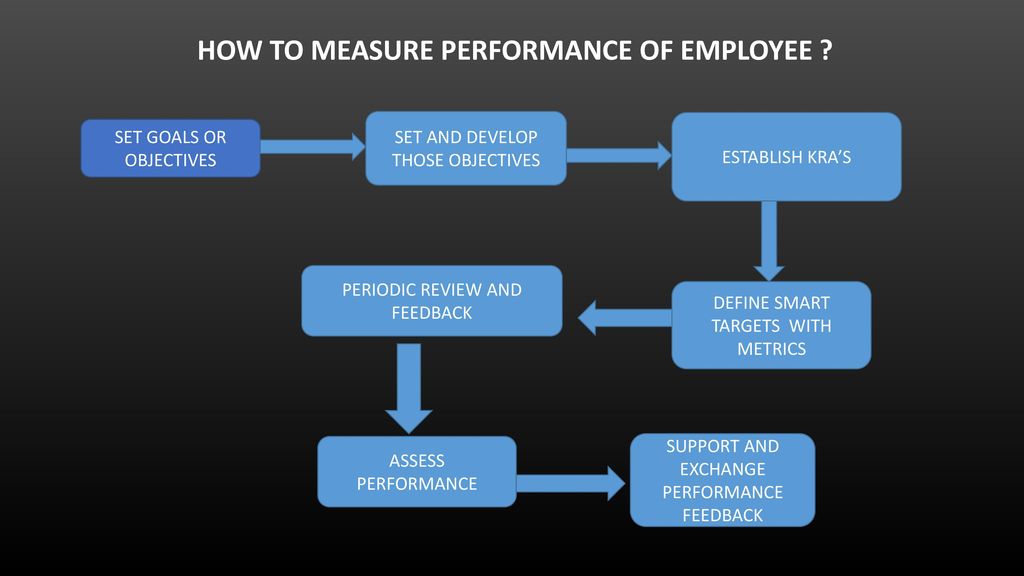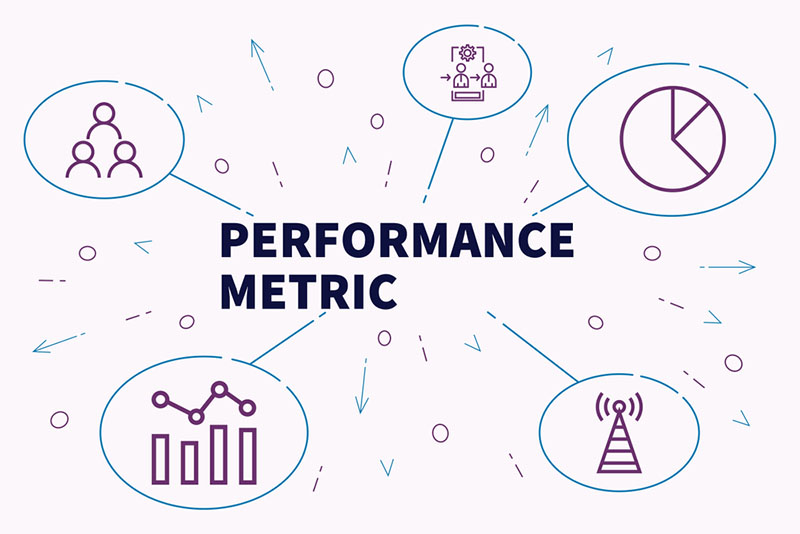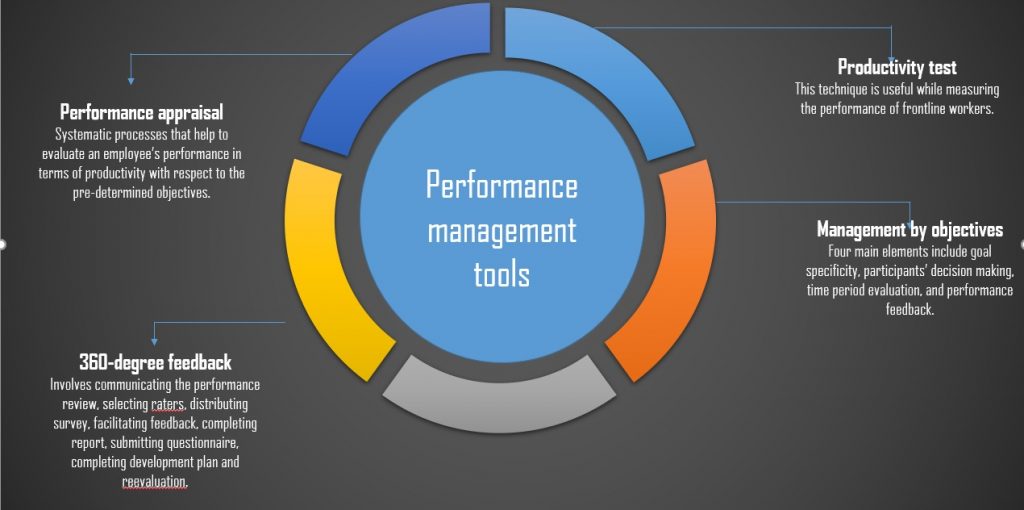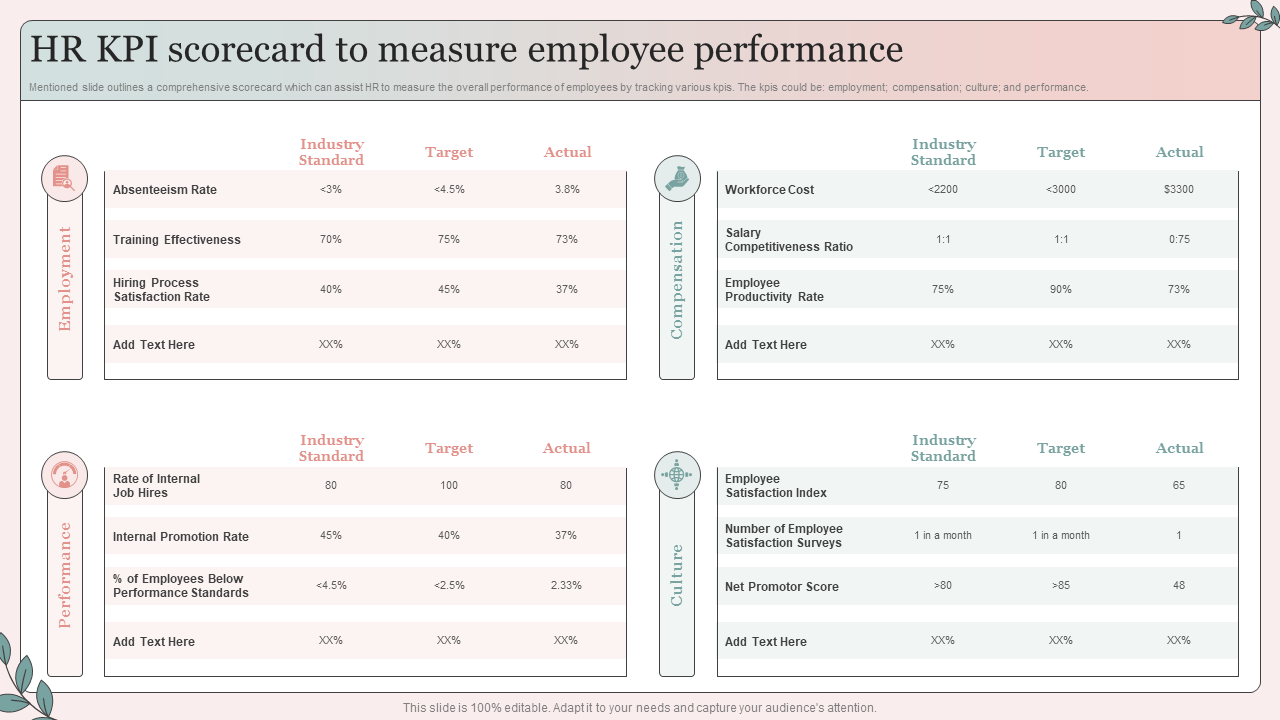How To Measure Performance Of Employees

In today's dynamic workplace, accurately gauging employee performance is more critical than ever. Traditional methods are giving way to more nuanced, data-driven approaches as organizations seek to cultivate thriving, productive teams.
The stakes are high. Effective performance measurement not only fuels individual growth and team success, but it also directly impacts a company's bottom line and overall competitiveness. Failing to accurately assess performance can lead to demotivated employees, misallocation of resources, and ultimately, a decline in organizational performance.
This article examines the modern landscape of employee performance measurement. It delves into a range of methodologies, from traditional KPIs to cutting-edge behavioral analysis, offering insights into how organizations can build robust and equitable evaluation systems.
Defining Performance Metrics: A Multifaceted Approach
Choosing the right metrics is the foundation of any effective performance measurement system. There is no one-size-fits-all approach.
Organizations need to carefully consider their specific goals, industry context, and employee roles when selecting Key Performance Indicators (KPIs). These indicators should be Specific, Measurable, Achievable, Relevant, and Time-bound (SMART).
Quantitative metrics like sales figures, project completion rates, and customer satisfaction scores are often used to assess tangible outputs. However, qualitative factors like teamwork, communication skills, and problem-solving abilities are equally important.
Beyond Traditional KPIs: Embracing Behavioral Assessments
Traditional KPIs often fall short of capturing the full spectrum of an employee's contribution. Consequently, there's a growing emphasis on incorporating behavioral assessments into performance reviews.
These assessments focus on evaluating an employee's soft skills and work habits. They aim to understand how an employee approaches their work, not just what they accomplish.
360-degree feedback, where employees receive input from supervisors, peers, and subordinates, is one powerful tool for gathering comprehensive behavioral data. This method offers a more holistic view of an individual's strengths and areas for improvement.
Tools and Technologies for Performance Tracking
Technology plays a crucial role in modern performance measurement. A range of software solutions are available to streamline the process and provide data-driven insights.
Performance management systems can automate goal setting, track progress, and facilitate regular feedback sessions. These systems often integrate with other HR platforms, providing a centralized view of employee data.
Data analytics tools can be used to identify performance patterns, predict future trends, and personalize development plans. By leveraging data, organizations can make more informed decisions about promotions, training, and resource allocation.
The Importance of Regular Feedback and Communication
Performance measurement is not a static exercise. It requires ongoing feedback and open communication between managers and employees.
Annual performance reviews are becoming less frequent as organizations move towards continuous performance management. Regular check-ins, whether formal or informal, allow for timely course correction and proactive development.
According to a Gallup study, employees who receive regular feedback are more engaged and productive. Constructive feedback should be specific, actionable, and focused on helping employees improve.
"Feedback is a gift. Ideas are the currency of our success." - Richard Branson
Addressing Potential Biases and Ensuring Fairness
One of the biggest challenges in performance measurement is mitigating potential biases. Unconscious biases can creep into evaluations, leading to unfair or inaccurate assessments.
Organizations should implement strategies to minimize bias, such as training managers on diversity and inclusion, using standardized evaluation criteria, and ensuring a diverse group of evaluators.
Transparency is also key. Employees should understand how their performance is being measured and have the opportunity to provide input and challenge assessments.
The Future of Performance Measurement: Adaptability and Agility
The future of performance measurement will likely be characterized by greater adaptability and agility. As the world of work continues to evolve, organizations need to be prepared to adjust their evaluation methods accordingly.
There will be a greater emphasis on measuring learning agility, resilience, and adaptability, all characteristics that are crucial for success in a rapidly changing environment. Furthermore, AI-powered tools will play an increasing role in automating performance tracking and providing personalized feedback.
Ultimately, the goal of performance measurement should be to empower employees to reach their full potential. By creating a culture of feedback, growth, and continuous improvement, organizations can unlock a new level of performance and innovation.
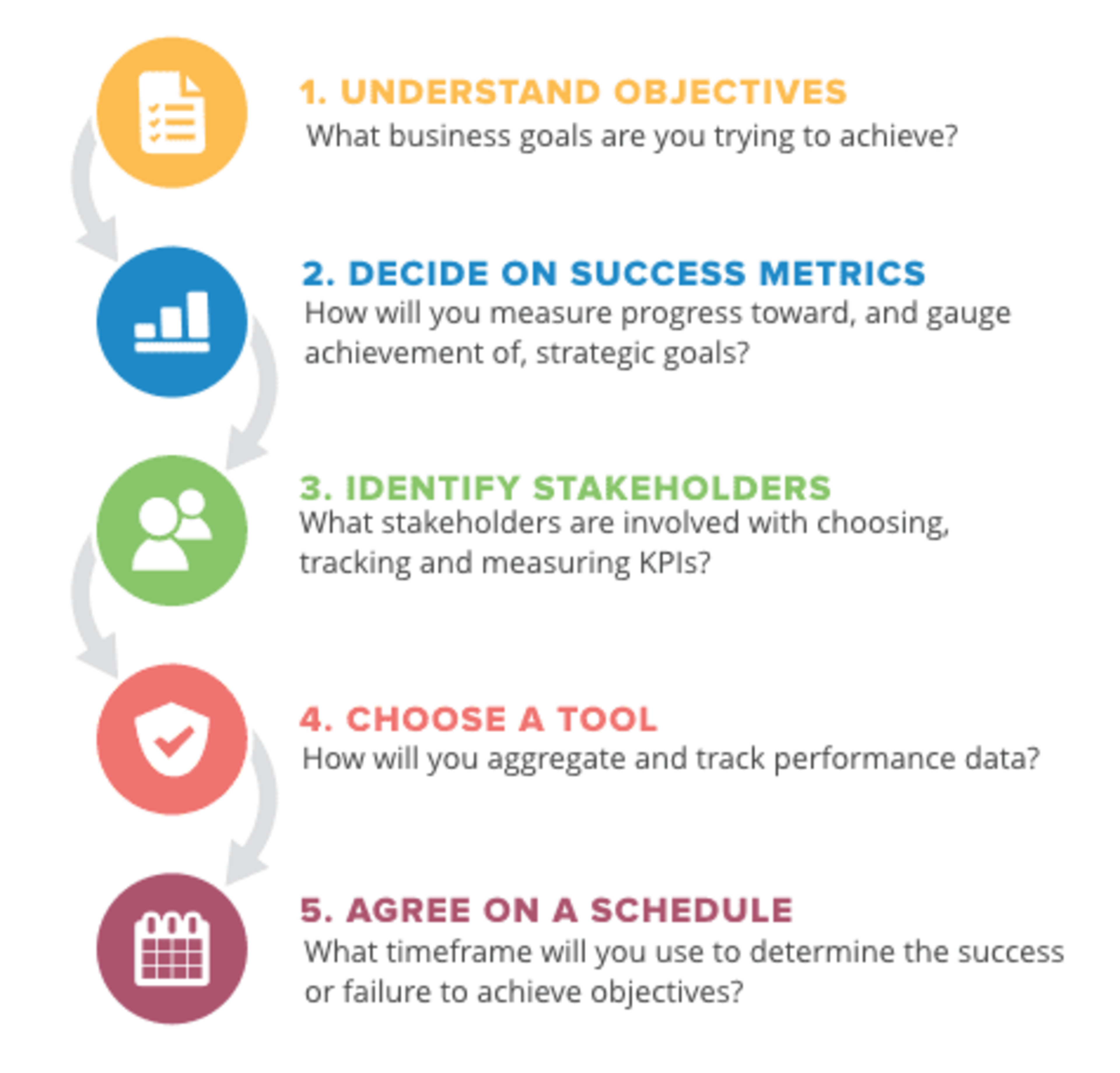

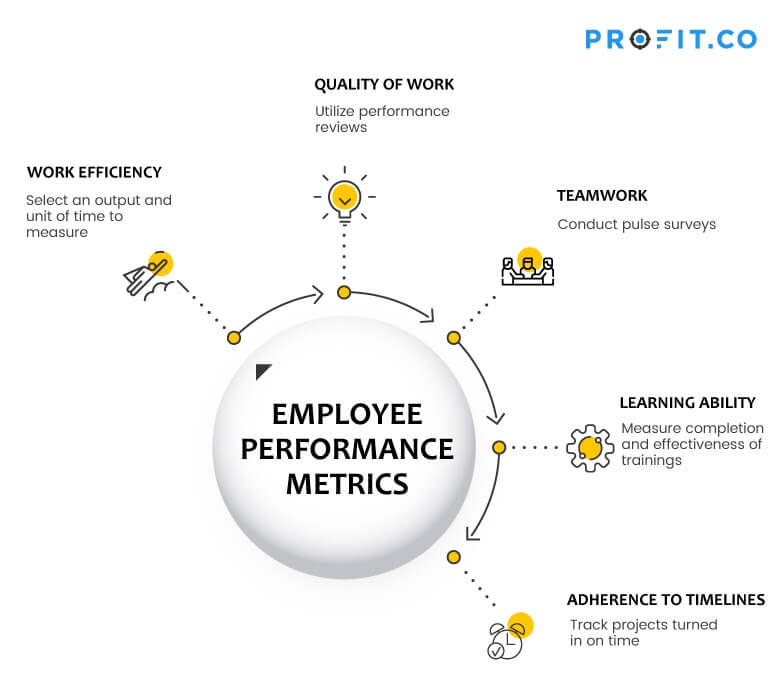


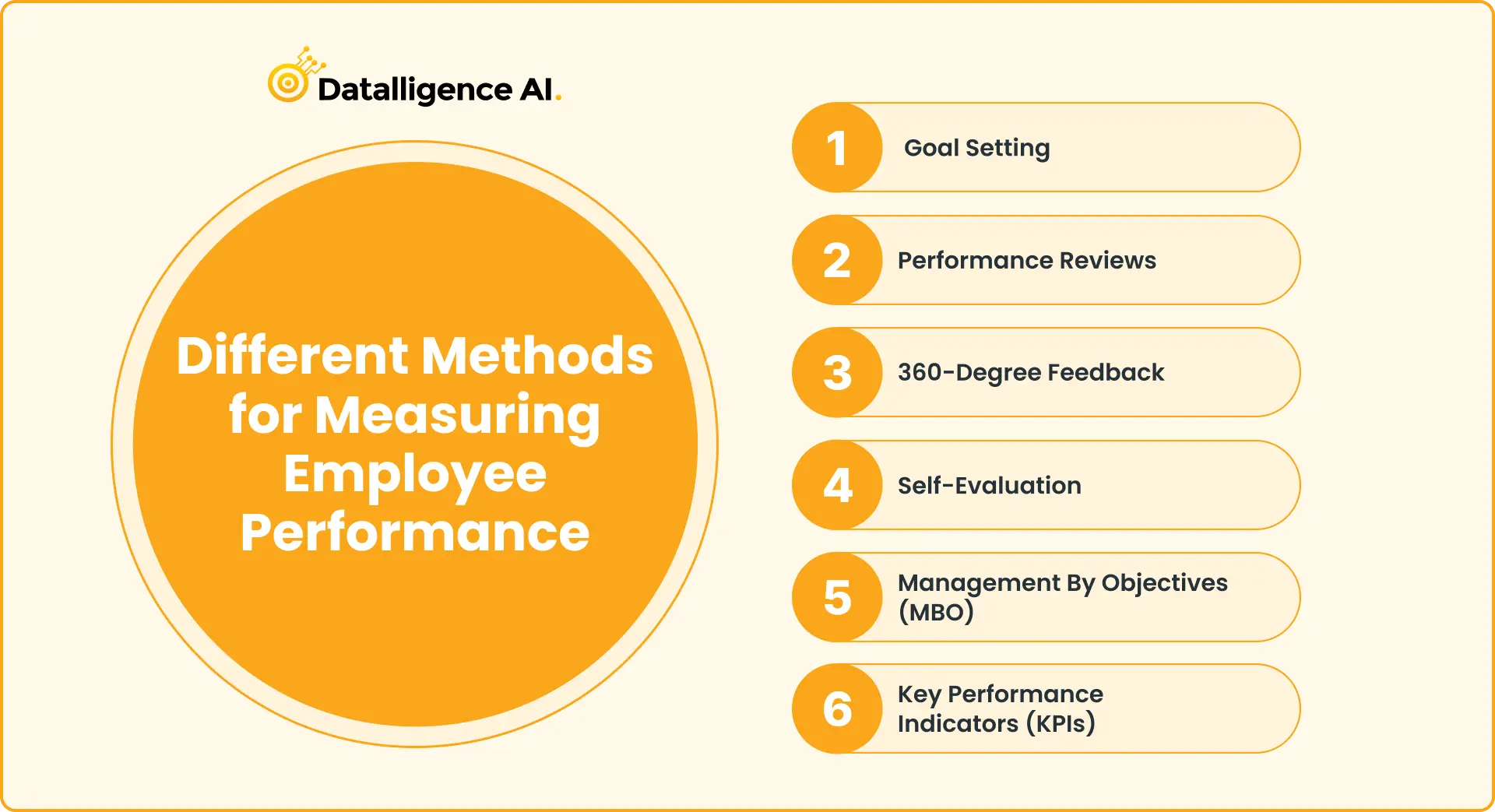
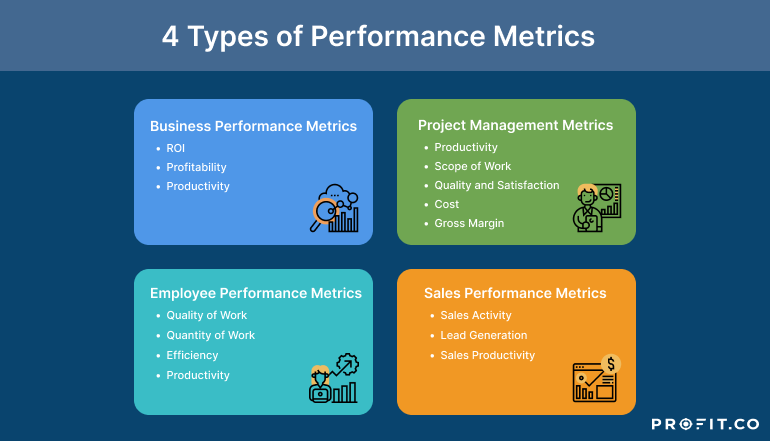
.png)



